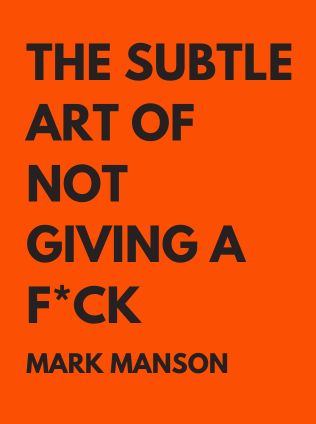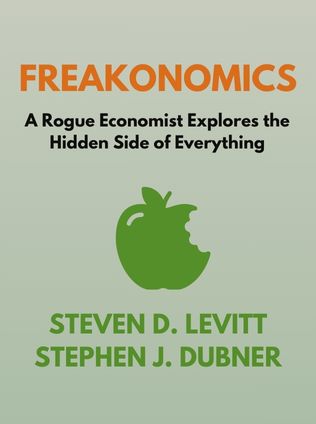
Investing With Exchange-Traded Funds Made Easy
Higher Returns with Lower Costs –– Do It Yourself Strategies Without Paying Fund Managers
By Marvin Appel
Published 01/2006
About the Author
Dr. Marvin Appel is a prominent figure in the investment world, serving as the CEO of Appel Asset Management Corp. and Vice President of Signalert Corp., both registered investment advisory firms based in Great Neck, New York. He is also the editor of "Systems and Forecasts," an investment newsletter that provides in-depth analysis and insights into market trends and investment strategies. Dr. Appel's background is unique, combining expertise in medicine, specifically anesthesiology, with a deep understanding of financial markets. This interdisciplinary perspective allows him to approach investing with a methodical and analytical mindset, which is evident in his clear and pragmatic writing style. He is widely recognized for his work in educating investors about the benefits and risks associated with exchange-traded funds (ETFs) and has authored several books and articles on the subject.
Main Idea
"Investing with Exchange-Traded Funds Made Easy" by Dr. Marvin Appel is a comprehensive guide that aims to simplify the complex world of ETFs for individual investors. The book offers a thorough exploration of ETFs, highlighting their advantages over traditional mutual funds, such as lower costs, greater transparency, and tax efficiency. Dr. Appel provides a detailed explanation of how ETFs work, the different types of ETFs available, and the various strategies investors can use to achieve their financial goals. The book emphasizes the importance of understanding the nuances of ETFs, including the costs, risks, and the mechanisms behind their operation, to become a successful and informed investor. Additionally, Dr. Appel covers advanced topics such as asset allocation, sector rotation, and the impact of macroeconomic factors like interest rates on ETF performance. The overarching theme is to empower investors with knowledge and strategies to make informed decisions and optimize their investment portfolios.
Table of Contents
- Introduction
- The Basics of ETFs
- Understanding ETF Costs and Risks
- Building a One-Decision Portfolio
- Active Investment Strategies
- Diversification and Asset Allocation
- Growth and Value Investing
- International Investing
- Using Interest Rates to Guide Investments
- The Ultimate ETF Investment Program
- Conclusion
The Basics of ETFs
Exchange-Traded Funds (ETFs) are investment funds traded on stock exchanges, much like individual stocks. Each ETF holds a diversified portfolio of assets, including stocks, bonds, commodities, or a mix of these. Dr. Appel begins by explaining the structure and mechanics of ETFs, noting that they combine the flexibility of stocks with the diversification benefits of mutual funds. Unlike mutual funds, which are priced once at the end of the trading day, ETFs are priced continuously throughout the day, allowing investors to buy and sell at market prices.
- Transparency: One of the key benefits of ETFs is transparency. ETFs disclose their holdings daily, allowing investors to see exactly what assets they own. This transparency helps investors make informed decisions and understand the risk associated with their investments. For instance, if an ETF tracks a specific index, investors can easily see the composition of that index and understand how their investment correlates with market movements.
- Low Costs: ETFs generally have lower expense ratios compared to mutual funds because they are passively managed. This means they track a specific index and do not require active stock picking by a manager, which reduces costs. For example, the expense ratio for an S&P 500 ETF is typically much lower than that of an actively managed mutual fund that attempts to outperform the index.
- Tax Efficiency: Due to their structure, ETFs are often more tax-efficient than mutual funds. This efficiency comes from the in-kind creation and redemption process, which allows ETFs to minimize the realization of capital gains. For example, when investors sell shares of an ETF, they are often transacted in-kind, avoiding the need for the fund to sell securities and potentially trigger capital gains taxes.
"ETFs offer exceptionally low expenses, outstanding performance, and unparalleled transparency." — Marvin Appel
Dr. Appel also highlights that ETFs are available in various asset classes, including equities, fixed income, commodities, and currencies. This variety allows investors to build diversified portfolios tailored to their risk tolerance and investment goals. For example, an investor looking for exposure to international markets can choose from a range of ETFs that track indices in Europe, Asia, or emerging markets.
Understanding ETF Costs and Risks
While ETFs have numerous advantages, Dr. Appel emphasizes the importance of understanding the associated costs and risks. One significant cost is the bid-ask spread, which represents the difference between the highest price a buyer is willing to pay (bid) and the lowest price a seller is willing to accept (ask). This spread can vary based on the liquidity of the ETF and market conditions. For instance, ETFs that trade less frequently or invest in less liquid assets may have wider bid-ask spreads, increasing trading costs.
Sign up for FREE and get access to 1,400+ books summaries.
You May Also Like
The Subtle Art of Not Giving a F*ck
A Counterintuitive Approach to Living a Good Life
By Mark MansonRich Dad Poor Dad
What the Rich Teach Their Kids About Money - That the Poor and Middle Class Do Not!
By Robert T. KiyosakiHow To Win Friends and Influence People
The All-Time Classic Manual Of People Skills
By Dale CarnegieFreakonomics
A Rogue Economist Explores the Hidden Side of Everything
By Steven D. Levitt and Stephen J. Dubner



















